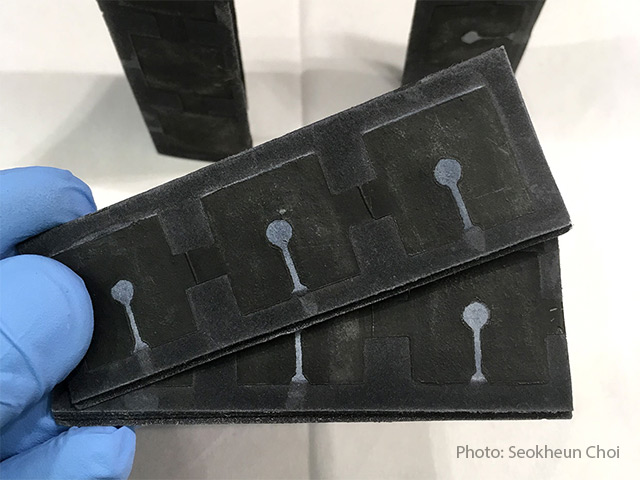High-temperature superconductors may help researchers develop better technologies for fusion energy
02/02/2019 / By Edsel Cook

Researchers are banking on a newly-developed material to realize the long-standing dream of practical nuclear fusion. They believe high-temperature superconductors (HTS) can raise the efficiency of a fusion power plant to a level that is commercially viable.
As their name implies, superconductors are extremely efficient conductors of electricity. They are used in the manufacture of very powerful electromagnets and other devices.
Superconductors also need extremely cold temperatures to run properly. If the temperature ever reaches anything close to room temperature, they will rapidly lose effectiveness until their performance cannot be distinguished from ordinary materials.
The extremely hot conditions of fusion power plants are not a good place for superconductors. Temperatures inside the reactor can rival the heat of the sun whose power it is copying.
High-temperature superconductors, on the other hand, can keep running at much higher ambient temperatures. Electromagnets built from the new material promise to be much more powerful than their predecessors. (Related: AI system designed to manage the power of the sun.)
The smaller the fusion reactor, the better it works
These new superconductors are the key to the new fusion reactor design planned by the Massachusetts Institute of Technology (MIT). High-temperature superconductor magnets could increase the energy efficiency of a fusion reactor, thereby allowing the power plant to finally produce more electricity than it consumes.
The university’s Plasma Science & Fusion Center researchers have teamed up with tech startup Commonwealth Fusion Systems. Together, they will build the SPARC fusion reactor, a modified version of the “affordable, robust, compact” (ARC) design.
A fusion reactor generates energy by combining the nuclei of two atoms into a much denser nucleus. These nuclei are both positively charged, so they repel each other very strongly.
In order to overcome this powerful repulsion, the reactor raises its temperature to match the heat of the sun. It expends so much energy in doing so that it cancels out the power produced by the successful nuclear fusion.
Researchers believe the adoption of stronger electromagnets could make the fusion process more efficient. Fusion reactors use magnetic fields to insulate the ionized gas from its cooler surroundings. A stronger field will improve the insulation, thereby reducing the amount of space required for the device.
Increasing the strength of the magnetic field by 100 percent will reduce the size of the reactor to an eight of its original volume. The much more compact device can match the power output of a much bigger equivalent. It will also be cheaper to build and operate.
Powering up electromagnets in fusion reactors with high-temperature superconductors
The best way to increase the power of an electromagnet is to build it out of superconductor materials. Superconductors do not waste any electricity, so they deliver all of the power a magnet needs to keep plasma imprisoned inside the fusion device.
High-temperature superconductors take this further by continuing to work at higher temperatures that would disable ordinary superconductors. Furthermore, they are unaffected by the disruptive effects of extremely powerful magnetic fields.
The first batch of HTS did not have the right shape for use as electromagnets. Eventually, researchers learned how to produce the materials in a ribbon-like form, which allowed the superconductor to be incorporated into magnets.
Sadly, this form is still unsuitable for use in fusion reactors. The issue is not about shape, but size; the electromagnets in a reactor are big and bulky, the exact opposite of slender ribbons.
The MIT researchers are working on adapting high-temperature superconductors to fit the requirements of their SPARC fusion reactor. They believe they can achieve their goals of practical fusion power by 2025.
Sources include:
Tagged Under: high-temperature superconductors, new technology, nuclear fusion, nuclear fusion power, superconductors, technology breakthrough


















